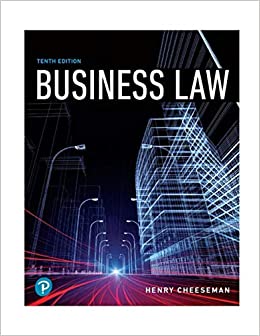FINANCIAL REPORTING PROBLEM:1. The Procter & Gamble Company (P&G)The financial statements of P&G are presented in Appendix 5B. The company?s complete annual report, including the
FINANCIAL REPORTING PROBLEM:1. The Procter & Gamble Company (P&G)The financial statements of P&G are presented in Appendix 5B. The company?s complete annual report, including the notes to the financial statements, can be accessed at the book?s companion website, www.wiley.com/college/kieso.InstructionsRefer to P&G?s financial statements and the accompanying notes to answer the following questions.(a) Using the notes to the consolidated financial statements, determine P&G?s revenue recognition policies. Discuss the impact of trade promotions on P&G?s financial statements.(b) Give two examples of where historical cost information is reported in P&G?s financial statements and related notes. Give two examples of the use of fair value information reported in either the financial statements or related notes.(c) How can we determine that the accounting principles used by P&G are prepared on a basis consistent with those of last year?(d) What is P&G?s accounting policy related to advertising? What accounting principle does P&G follow regarding accounting for advertising? Where are advertising expenses reported in the financial statements?2. Wal-Mart Stores, Inc. Walmart Stores, Inc provided the following disclosure in a recent annual report. New accounting pronouncement (partial) . . . the Securities and Exchange Commission issued Staff Accounting Bulletin No. 101??Revenue Recognition in Financial Statements? (SAB 101). This SAB deals with various revenue recognition issues, several of which are common within the retail industry.As a result of the issuance of this SAB . . . the Company is currently evaluating the effects of the SAB on its method of recognizing revenues related to layaway sales and will make any accounting method changes necessary during the first quarter of [next year].In response to SAB 101, Wal-Mart changed its revenue recognition policy for layaway transactions, in which Wal-Mart sets aside merchandise for customers who make partial payment. Before the change,Wal-Mart recognized all revenue on the sale at the time of the layaway. After the change, Wal-Mart does not recognize revenue until customers satisfy all payment obligations and take possession of the merchandise.Instructions(a) Discuss the expected effect on income (1) in the year that Wal-Mart makes the changes in its revenue recognition policy, and (2) in the years following the change.(b) Evaluate the extent to which Wal-Mart?s previous revenue policy was consistent with the revenue recognition principle.(c) If all retailers had used a revenue recognition policy similar to Wal-Mart?s before the change, are there any concerns with respect to the qualitative characteristic of comparability? Explain.Resources:Kieso, D. E., Weygandt, J. J., & Warfield, T. D. (2013). INTERMEDIATE ACCOUNTING (15th ed.). New York: Wiley. ISBN: 978-1-118-14729-0. 2013. Companion website: http://www.wiley.com/college/kieso. FASB https://asc.fasb.org
Step by Step Solution
There are 3 Steps involved in it
Step: 1

See step-by-step solutions with expert insights and AI powered tools for academic success
Step: 2

Step: 3

Ace Your Homework with AI
Get the answers you need in no time with our AI-driven, step-by-step assistance
Get Started


